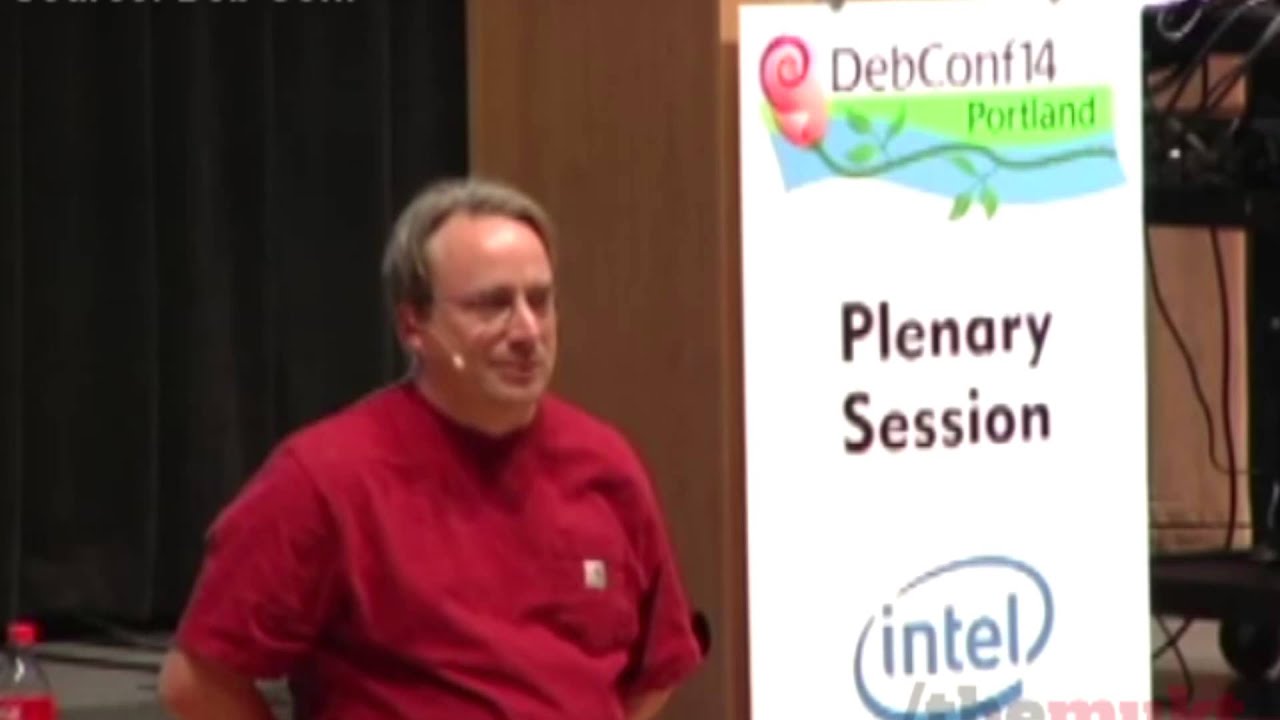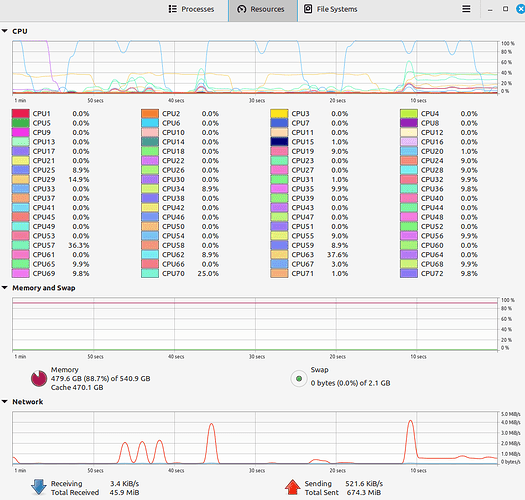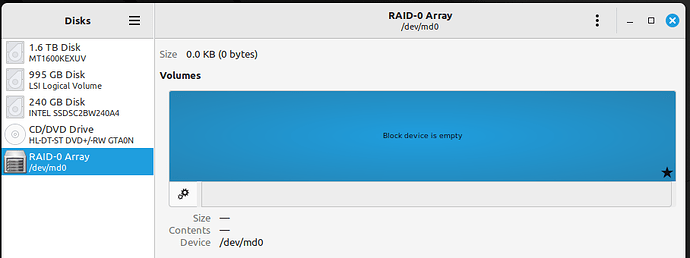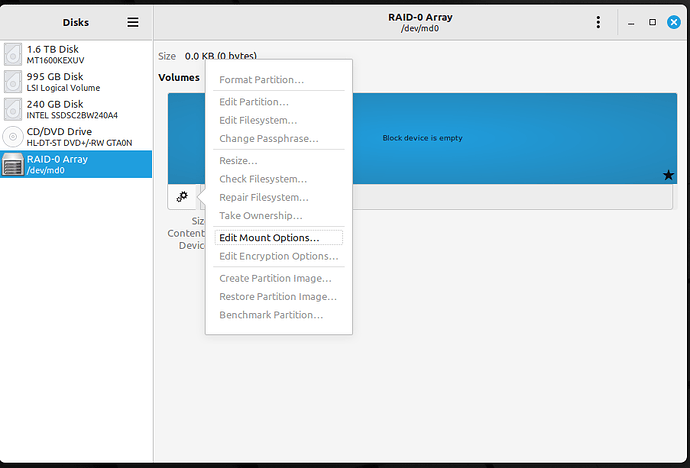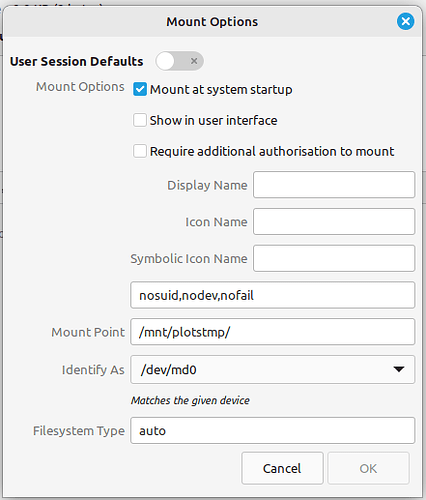Don’t feel bad, you are not the only one that shares that feeling. Those two videos are a bit dated, but from that time more or less no progress has been made in the directions that were outlined at that time. By the way, those two videos are from Linus Torvalds, so I would thing good enough authority with respect to Linux.
The title says everything here - “why desktop Linux sucks”:
And this is about how easy switching between distros is - “why Linus doesn’t use Ubuntu / Debian”:
What he described there is basically what you are facing right now. Both Max and Harold are using just one Linux distro, or rather one version of that distro (with unknown updates applied). Once thigs work on their primary boxes, the code moves to production, as Max is just too small to have a decent QA and Chia doesn’t have QA by design (as they call it beta, and hope that us, farmers will do the testing). Due to shortcomings that Linus explained, neither party tests with other releases / distros, as the number of different combinations more or less grows exponentially. Therefore, any time someone tries to deviate from that original distro/version/HW, things may happen. In this case (plotter), nVidia’s drivers are mostly always at fault.
Another part of the problem is that neither Max, nor Harold are Win developers, so things sometimes go ugly there as well - like MM v1 CPU plotter that has problems with dual CPU boxes (e.g., Max is using cross-platform libs, but those are mostly optimized for Linux, but the only goal on Win is to be able to run the binary). I think that Harold is doing a better job in the final Win build, but maybe I am mistaken here.
I am using headless CentOS/Rocky Linux more or less day in and out and initially tried to use Fedora Desktop (all those are RHELs) for MMX plotter but failed miserably (couldn’t get MMX plotter installed at all). After that, I switched to the latest Ubuntu LTS version, and it installed OK, but after an hour or so of plotting, the box was always hosed (reboot needed). I have tried to find the culprit, but more or less was on my own. Then I noticed that Max was using the previous Ubuntu LTS version, so I installed that one, and things started to work kind of right away. Most likely, due to my H/W (Dell t7610), MMX plotter was crapping on the final file transfers still making the OS unstable after about 5 hours, so I had to write my own scripts to do those xfrs (plotter dumps plots to NVMe, and my scripts move those plots to HDs - more or less it can run 24/7).

